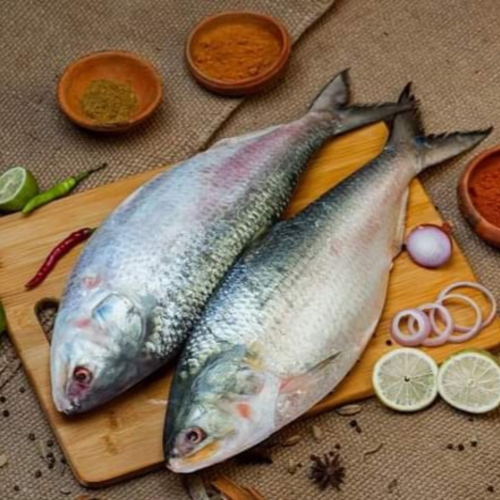Which country produces the most Hilsa fish?

Bangladesh alone produces more than 80% of the world’s hilsa. India is ranked second. However, India produces only 10% hilsa as compared to Bangladesh and has to depend on the neighbouring country for supply.
The key differences in Hilsa production between Bangladesh and India are:
- Bangladesh produces significantly more Hilsa than India. Bangladesh accounts for 86% of the world’s total Hilsa production, while India produces only 4%.
- Hilsa production has consistently increased in Bangladesh in recent years, while it has decreased in India. Bangladesh’s Hilsa production has doubled in the last 12 years, reaching 5.65 lakh tonnes in 2020-21.
- The average weight of Hilsa caught in Bangladesh is higher than in India. In 2019, the average weight of Hilsa in Bangladesh was 915g, compared to 500-600g in India.
- Bangladesh has implemented successful conservation measures like establishing Hilsa sanctuaries in rivers and imposing fishing bans during the breeding season, which have contributed to the increase in Hilsa production. India has also implemented fishing bans but has not seen the same level of production increase.
- Hilsa is culturally and economically more significant in Bangladesh, where it contributes 12.5% of total fish production and provides livelihoods to millions of people. In India, Hilsa accounts for 14% of the catch in the Hooghly River and 12.5% in West Bengal.
In summary, Bangladesh dominates global Hilsa production due to its larger catch volumes, higher average fish weights, and more effective conservation policies that have boosted production in recent years compared to India.

